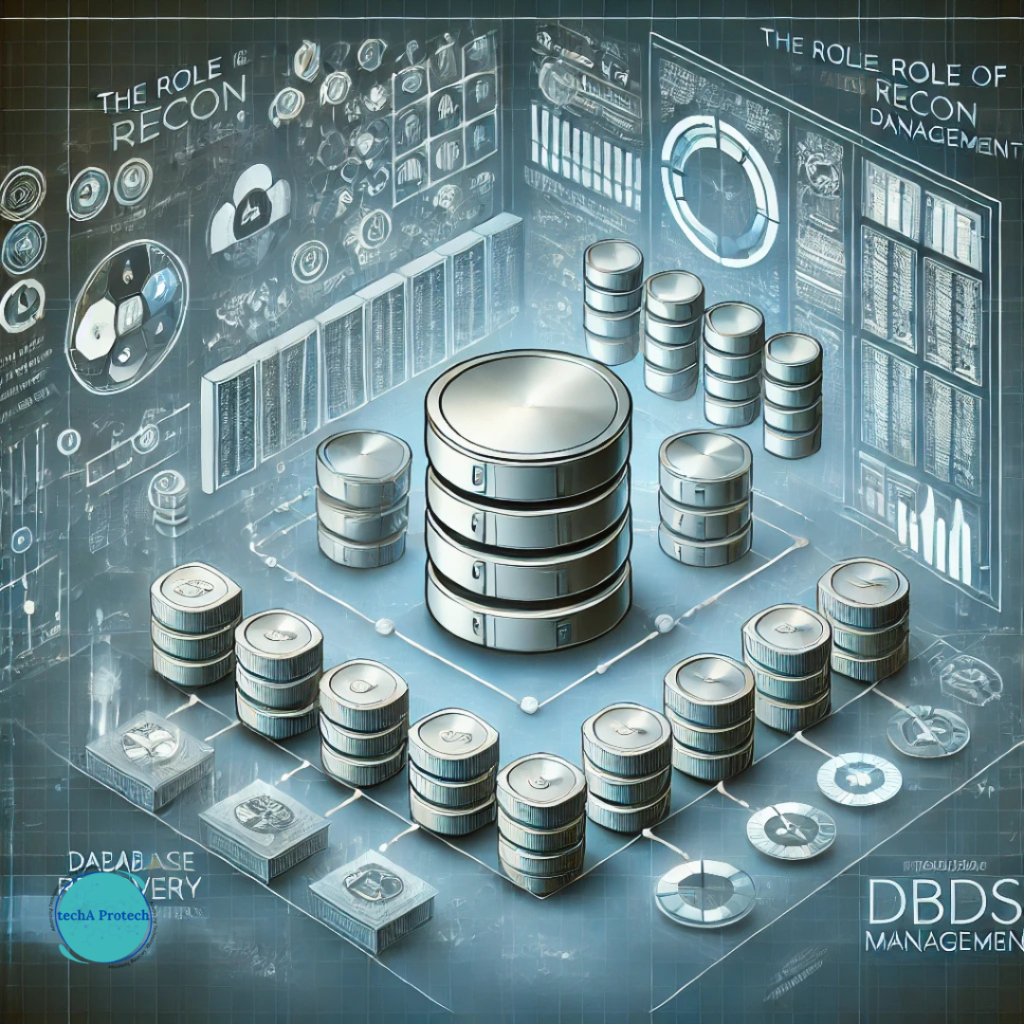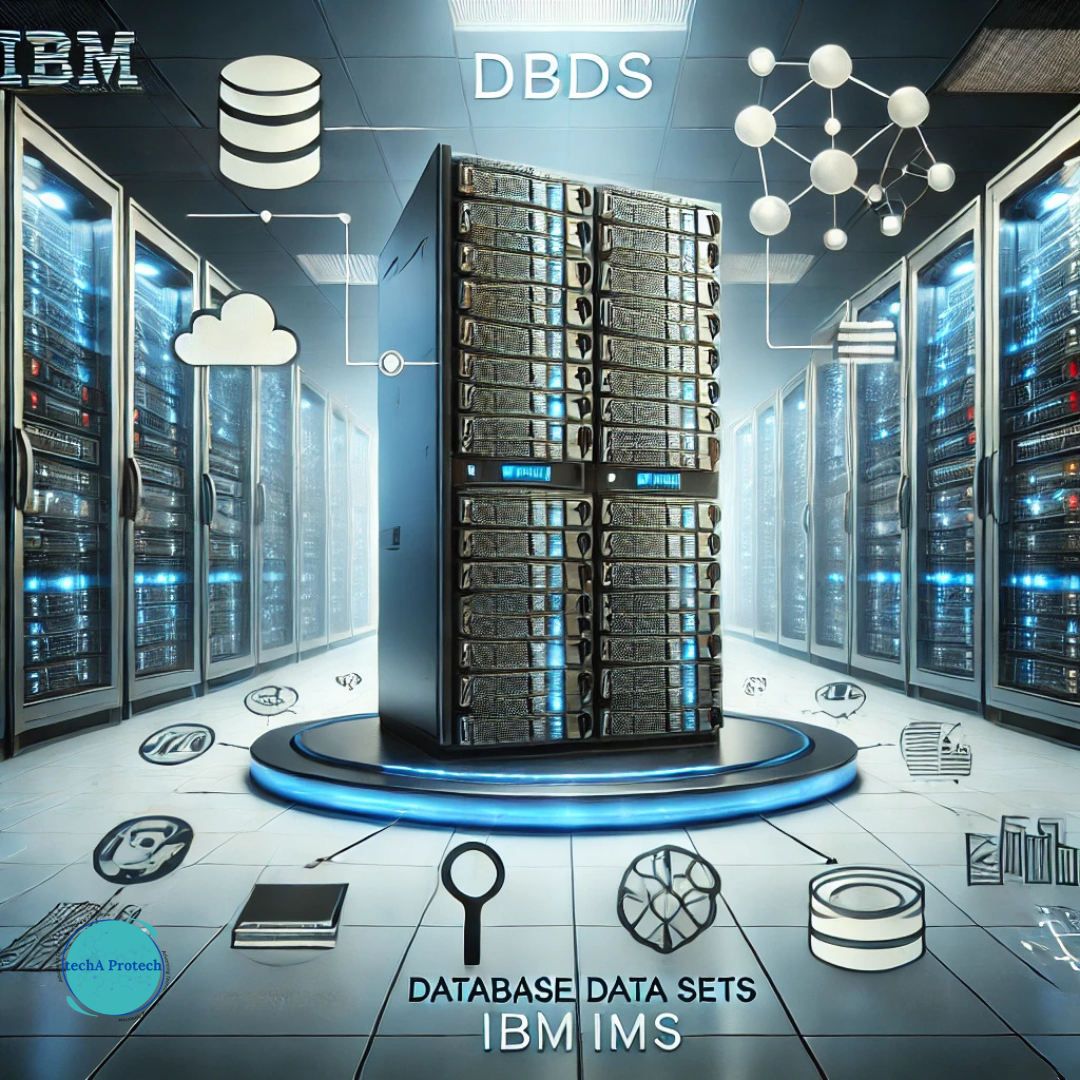Database Data Sets (DBDS) are an essential component of IMS, an IBM operating system. It provides hierarchical database and transaction processing capabilities for mainframe computer systems. In IMS, DBDS stands for physical datasets, the objects that make up the database. They have to be manage because inconsistencies, unavailability, or poor performance can affect enterprise applications. This article will also look at the function and setting of DBDS, configuration, insertion into IMS, as well as other uses of DBDS in the database environment.
Understanding DBDS in IMS
In IMS, a DBDS is a portion of a database’s data, which is stored as a subservient entity with the IMS database system. Each DBDS is describe in the IMS Database Definition (DBD) segment. It may be visualize as the schema or architecture of the database. This definition also covers the format of the data, how to get to the actual data as well as the connexons between different fields of data. Database Data Sets groups are sets of such datasets. It is easier to manage and logically organizing, grouping these in IMS framework.
IMS databases are of the hierarchical model with data being stored in the form of parent and child. This structure is supported by the DBDS system. The Database Data Sets system offers efficient means through which data can be manipulated for normalized IMS, one that best fits the high through put and transactional nature of IMS. Despite this reality that each dataset can be stored in physically different files or volumes, logically. They reside in the same database schema.
DBDS Configuration and Grouping
This means that the correct DBDS setup is critical in the IMS environment. It performs in an efficient manner. Similar to collections, DBDS groups are create to handle datasets cooperatively when it is convenient for applications to use multiple datasets in parallel. For instance, in persisting a banking application with multiple accounts and transaction records. It will be effective to group datasets to support transaction consistency and recovery.
Similar to other objects, IMS administrators can create a DBDS group using commands such as INIT.DBDSGRP (Initialize DBDS Group) and DELETE.DBDSGRP (Delete DBDS Group). These commands help in formation or depletion of groups. This to organize the data flow and ease the administrative work. Also particular commands like GENJCL.RECOV enable a systematic restoration of all DBDSs in a group, which is very useful where several datasets require restoration to the same time in disaster recovery circumstances.
The Role of RECON Datasets in DBDS Management
In IMS, a RECON (Recovery Control) dataset records all relevant activities in databases, such as backups, recoveries, and DBDS and connected dataset alteration. The RECON dataset is mandatory for IMS because every Database Data Sets is enter into this dataset. All modifications to DBDS groups whether are periodic or the result of a failure are capture by the RECON datasets. This registration aids in synchronization and tracks all changes that go into it which is an important characteristic when it comes to auditing and compliance.
To ensure high availability, IMS employs several RECON datasets which are capable of operating concurrently; each instance contains the other’s data. This redundancy is important in enterprise environment, because having two or more RECON datasets with different data means that data could be retrieved even if one dataset is not functional.

The IMS Catalogue and Metadata Management for DBDS
The IMS catalogue is in essence a centralized resource to potentially contain metadata concerning databases, application program and other components of the IMS system. IMS catalogue is change simultaneously with metadata when an administrator replaces a DBDS or modifies a DBD. Such centralization is useful in handling the data, and results in a dynamic feel to the environment since changes may be made from time to time with reasonable ease.
With IMS catalogue, the organizations do not require to use physical DBDs kept in other libraries solely. However, metadata can be access dynamically from the catalogue and serve the program easier version control as well as data accessibility. Another feature is new version of the same meta data set can exist and this is resulting in the transition from one version of the database to another, or on a continuing evolution of a database without impacting the live applications.
Data Virtualization and Access through IBM Data Virtualization Manager
More specifically, IBM Data Virtualization Manager (DVM) for z/OS also improves access to DBDS. DVM allows such popular enterprise applications as IMS to be queried in SQL. Originally, accessing data in IMS involved using IMS commands and interfaces to get at the IMS data. DVM facilitated access to IMS data as if it was accessing data in relational fashion. This allows program and applications which use SQL at their base as a platform to query IMS data, to do so without changing the data structure.
DVM operates through the import of DBD and PSB information obtained from the IMS catalogue creating SQL viewable virtual tables. It enables organizations to transform their IMS landscape, making IMS data usable beyond its traditional applications while reducing relay on interfaces. Today, it is essential to create a space between mainframe data systems and other cloud-native or distributed applications. This functionality, in fact, plays its role in it.
Backup and Recovery for DBDS
Another problem which might be discover with Database Data Sets in IMS environments. It is of backup/restore or more specifically, backup/restore across multiple datasets characteristic of huge systems where data could get dispersed. Database Data Sets groups create convenience in that backup and recovery jobs can be run in a batch for all the groups at once and commands. It can be issue to a group rather than a dataset. It guarantees that relative data stays connected during recovery.
IMS also offers options, e.g. the REUSE parameter, whereby backup datasets are available for reuse, ensuring economical usage and low expenses for storages. The backup datasets that are create in the course of executing backup plans. It can be mark as reusable in routine backup cycles. Thereby reducing the amount of storage capacity that is require, and more effectively managing backup datasets.
Future Directions: Optimizing DBDS through Automated Process and Cloud Linkage

With IMS becoming an even more important part of the solution for clients down the line. IBM has brought in automation and cloud solutions to connect Database Data Sets to hybrid architectures. Some of these IMS features now provide for automated solutions for backup and recovery, and other regular administrative procedures. Thereby minimizing human involvement. Moreover, IMS integration to the cloud platforms opens opportunities to get replication and recovery capabilities for the data processing between both on-premise and cloud mind-sets. This is allowing for the higher data protection levels.
Because IMS data must work with IBM hybrid cloud, new approaches to redundant and disaster recovery storage become possible, such as keeping copies of DBDS groups in use of cloud storage systems. The advantage of this option is that backfalls are carry out off-site. It does not necessitate organizations to depend on on premise facilities exclusively.
Conclusion
DBDS plays a significant role in being an element in the IBM IMS environments. It make applications within mainframe systems responsive, recovers data well and efficiently. DBDS groups, RECON datasets, and IMS catalog all facilitate the ability of administrators to symbolize complex data. It can be maintain in a controlled and guaranteed fashion. IBM builtDBDS plays a significant role in being an element in the IBM IMS environments. It make applications within mainframe systems responsive, recovers data well and efficiently. upon DBDS to take advantage of IMS and structure the data to be more usable in many other applications and systems.
Through producing updates to these systems for cloud integration and automation, as well as virtualizing access to data. IBM keep DBDS and IMS at the forefront of data management and protection tools for organizations in the contemporary advanced data environment. For enterprises that heavily depend on huge volumes of transactional data, DBDS management in IMS. It continues to serve as a valuable tool without which data integrity, performance and business continuity cannot be achieved.

